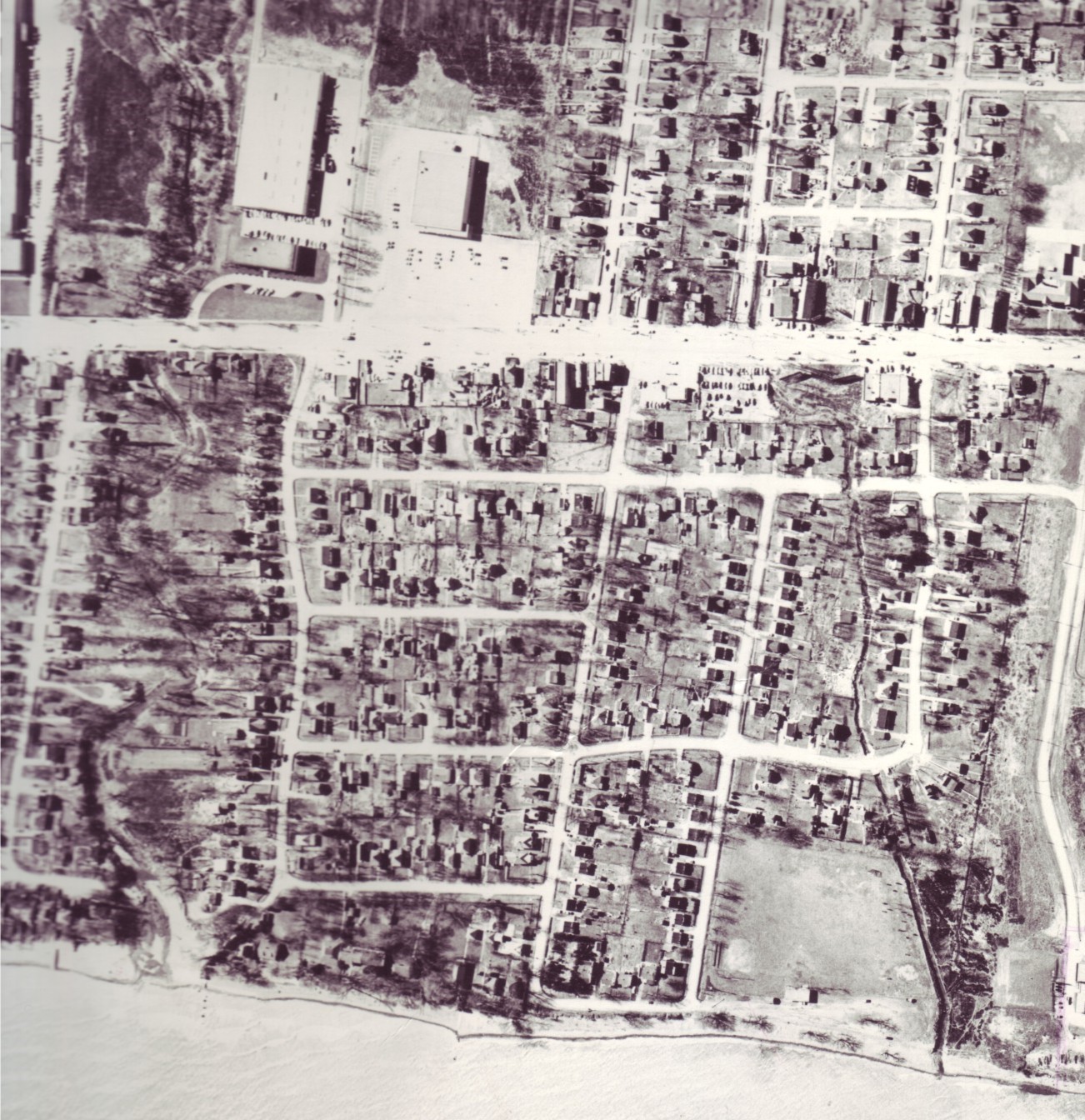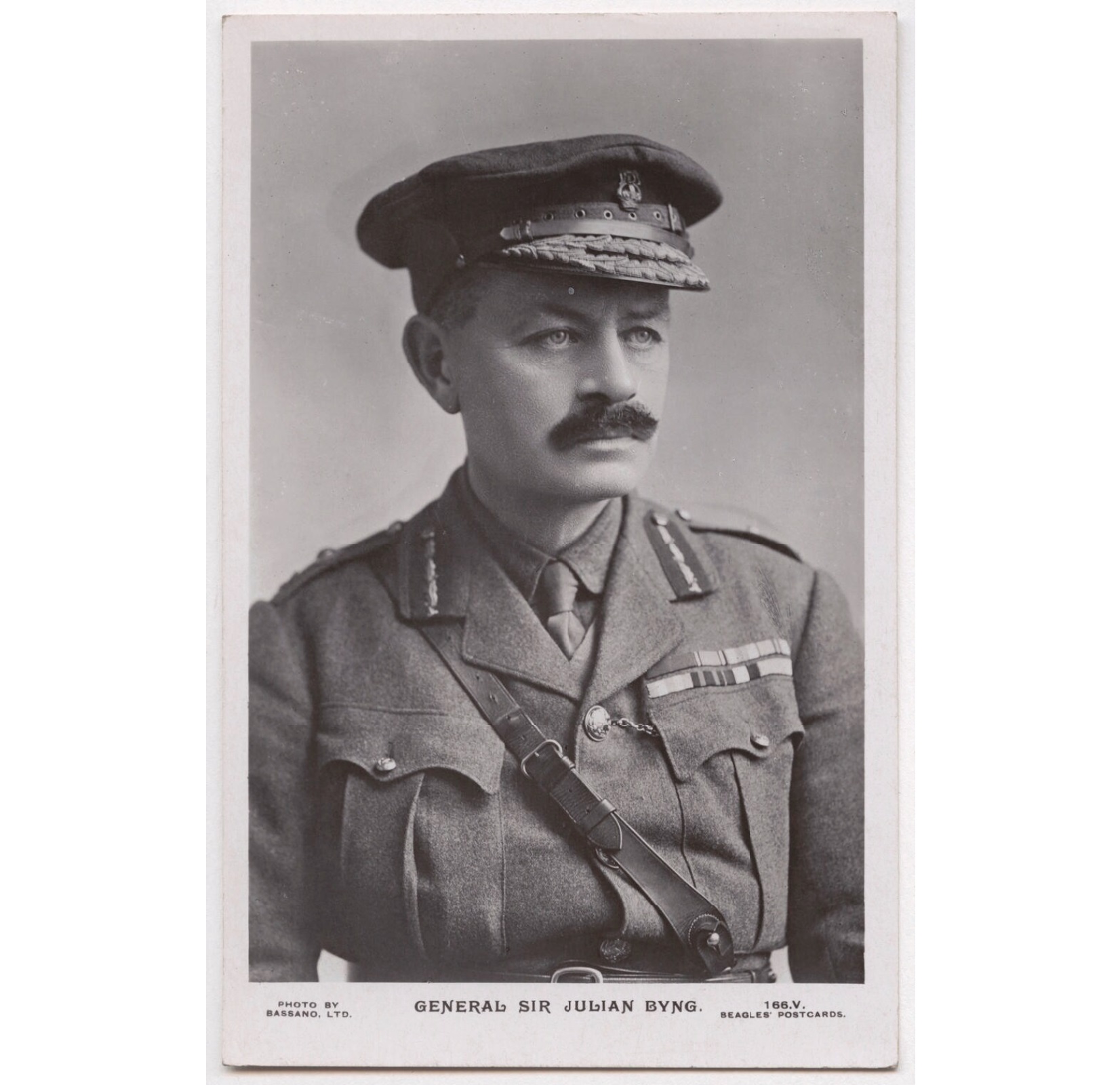Today’s article is, as the saying goes, clear as mud.
This article is about a street name: Byng Street. The only problem is that the street has had a few names, and it is not called Byng Street now. So, we will step back in time and explore the evolution of the street, and other streets in the area, before we connect back to Byng Street itself.
Back on October 8, 1919, a subdivision plan (C-19) was registered by Hubbs & Hubbs along the south side of Lakeshore Road. There is reference that Aviation Road and Beach Street are older than Plan C-19 and was home to earlier cottages. As for Hubbs & Hubbs, an earlier article in this series explored the tumultuous Hubbs story and its effect on Lakeview:
https://www.modernmississauga.com/main/2019/5/29/the-history-of-mississaugas-dark-days-in-lakeview
Our earlier article focused more on the 1922 development north of Lakeshore Road. Turns out, a few years earlier and in a relatively smaller scope, Hubbs had a plan in process along the south side of Lakeshore Road. Plan C-19 spanned from Aviation Road to Beechwood Avenue and included Hampton Crescent – all names that survive today on our modern streetscape. Four short east-west roads, parallel to Lakeshore Road, were also laid out – and named First, Second, Third and Fourth Street, with Fourth Street closest to the lake. But those names did not last, possibly because Hubbs’ 1922 plan on the north side of Lakeshore Road also included similarly named roads.

According to land registry abstracts, Street names began to change shortly after Plan C-19 was registered, although it is not known for certainty who might have suggested the new names. In 1923 Fourth Street became Lake Street, which in 1964 (or possibly as early as 1954 – the exact date is unclear) became Lakeside Avenue to avoid confusion with nearby Lake Street in Port Credit. In 1923 Third Street became Beck Street, which in 1957 was connected with Parker Crescent and Montgomery Avenue (part of the neighbouring 1925 subdivision Plan A-26) to create Montbeck Crescent (it is possible that Montgomery Avenue was originally named for Field Marshal Bernard Montgomery, a British officer during the First World War).
In 1957 Second Street became Curzon Avenue, and in 1923 First Street became Byng Street, which in 1957 was linked to Glenmount Avenue (also originally part of Plan A-26) to create Byngmount Avenue, which remains today. Byngmount Beach Public School also carried the name association before it closed. Another early street that was renamed was Park Road, which became Goodwin Road in 1957.
As I said in the opening, it is clear as mud, likely thanks in large part to Hubbs & Hubbs and the housing fiasco that gripped Lakeview. The area also became home to scores of wartime houses, which comes as no surprise given the close proximity to the rifle ranges and to Dominion Small Arms Limited.
But back to our main topic – the name origin of Byngmount Avenue, or more specifically its predecessor, Byng Street.
Byng Street most likely came to be in 1923 and was named for our then Governor General, Sir Julian Byng (1862-1935), 1st Viscount Byng of Vimy. He served as Governor General of Canada from 1921 to 1926. Much loved and respected, he was best known (in Canada) for leading the Canadian Corps at the Battle of Vimy Ridge in 1917.
Byng was born to an aristocratic family in Hertfordshire, England and educated at the prestigious Eton College. At Eton he had the nickname “Bungo” (his older brothers were reportedly known as “Byngo” and “Bango”). In 1879 Byng began his military career, and in 1883 he transferred to the Prince of Wales’ 10th Royal Hussars. With the Hussars, Byng served in Egypt and Sudan, and developed a friendship with Albert Edward, Prince of Wales, and his sons Prince Albert Victor and Prince George.

Byng later served in South Africa in 1899 and attained the rank of Lieutenant-Colonel of the South African Light Horse. In 1906 he was made a Companion of the Order of the Bath, and in 1909 he attained the rank of Major-General. From 1910 to 1914 Byng was stationed in Egypt.
With the outbreak of the First World War, he served with the British Expeditionary Force at the First Battle of Ypres where his leadership and actions were recognized in 1915 by being made a Knight Commander of the Order of St. Michael and St. George. In early 1916 he was stationed at the Suez Canal before returning to the Western Front where he was given command of the Canadian Corps.
Lieutenant-General Sir Julian Byng commanded the Canadian Corps on the Western Front from May of 1916 to June of 1917. Under his command the Canadian Corps were formed into a respected fighting force. Canadian troops referred to themselves as “Byng Boys”, which reflected the high esteem that the Canadians had for their commander. Byng believed strongly in preparation, practice and planning to improve tactical performance and reduce casualties, and as a result he was loved and trusted by his troops. In June of 1917 he was promoted to General and given command of the British Third Army. Other honours would follow.
In 1921 Byng was appointed as the Governor General of Canada. As the vice regal representative, he travelled throughout Canada. He supported the Royal Agricultural Winter Fair, and many sporting and cultural events across the country, including hockey – all things that endeared him to Canadians. So, in 1923 when Byng Street first took its name, Governor General Sir Julian Byng was arguably at the height of his popularity and prominence in Canada.




Comments are closed.